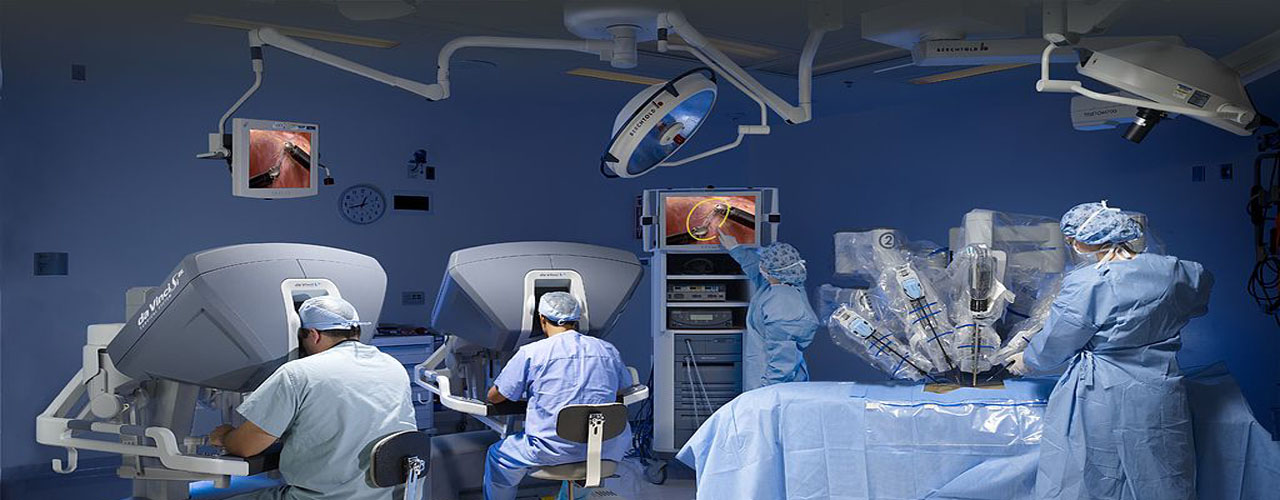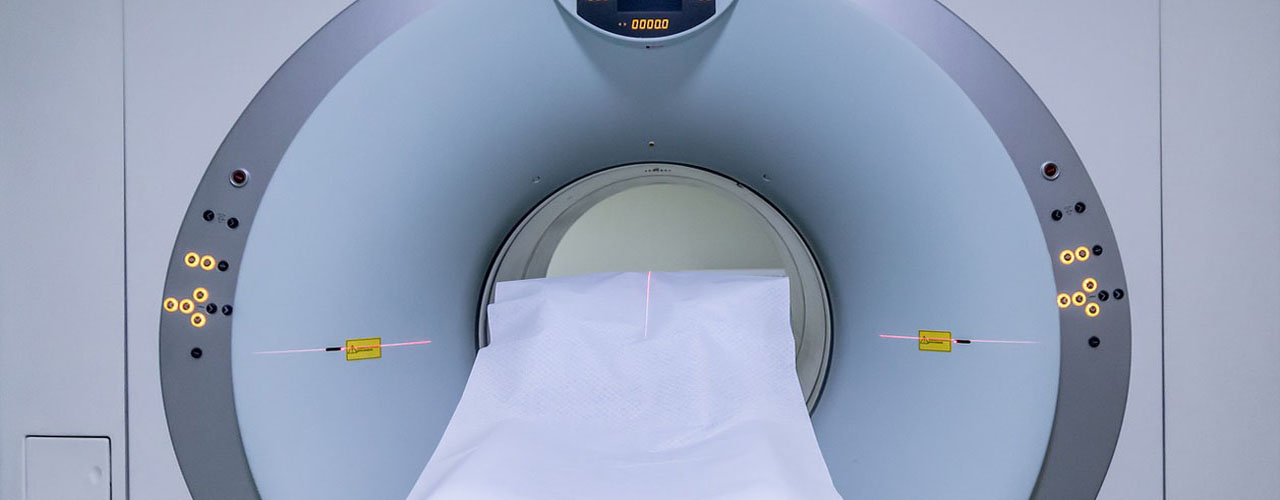DIETI Contact person / Partner: Bruno Siciliano / Raffaele Russo (Pineta Grande Hospital)
Abstract
Assistive robotics is a research field meant to help impaired individuals recovering motor functions or coping with Activities of Daily Living (ADL). The rehabilitation devices considered in the proposed research are upper-limb exoskeletons. Interaction control is the main core topic in this scenario as well as adaptive control, multimodal perception, sensory fusion and smart/friendly user control interface. The goals of the proposed activity are the development of a multi-joint dynamics model for upper-limb exoskeleton and the development of assistive control systems that can customize the amount of assistance according to the patient recovery advancement as well as the development of friendly control interfaces using multimodal sensory feedback. Open problems are related to sensitive and robust adaptation of the robotic system to the patient and safety issues.
Objective
The scientific research goals of the proposed PhD activity are:
- to develop a multi-joint dynamics model for upper-limb exoskeleton for rehabilitation purposes;
- to develop adaptive control algorithms for automatic tuning of the level of assistance of upper-limb exoskeletons according to the patient recovery advancement;
- to optimize the assistive profile delivered by an exoskeleton through techniques of human-in-the-loop optimization and AI techniques.
Download
Available
Can be assigned to one doctoral student of cycle XXXVI










